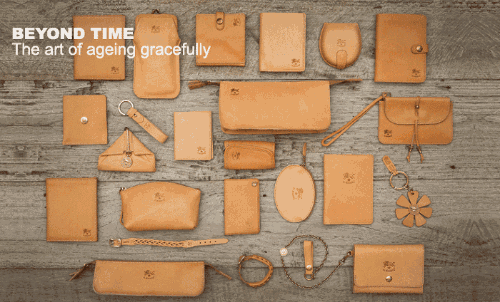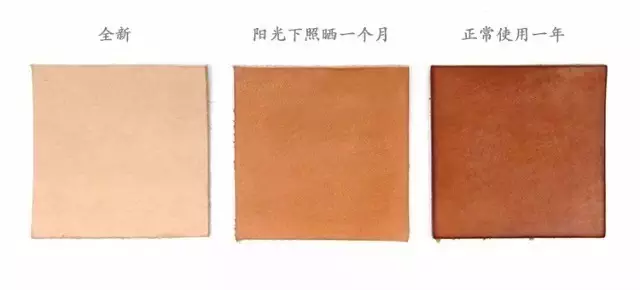This Is How a Vegetable-Tanned Leather Is Made
- 01.12.2017
- 1905
- Joney Tour
- Add new comment
In order to explore the vegetable tanned leather and vegetable tanning process, let's visit Italy, Tuscany, the world’s most known vegetable-tanned leather cradle.
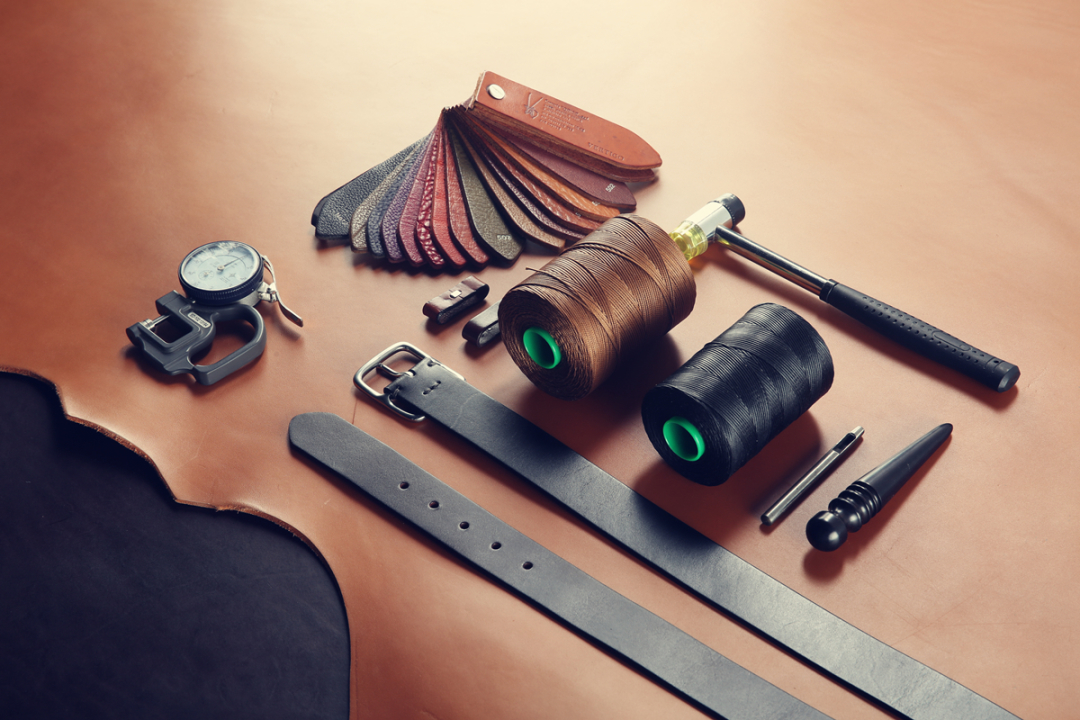
Tuscany, the magnificent capital of the Midwest of Italy, is famous all over the world for its natural vegetable tanned leather.
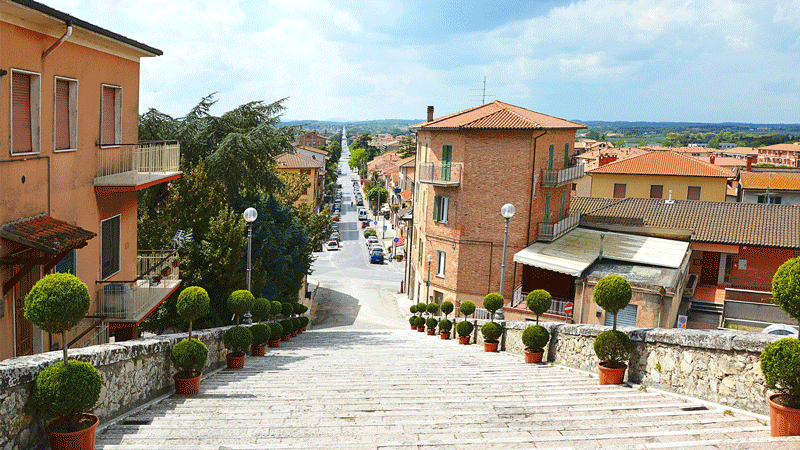
The history of vegetable tanning in Tuscany dates back to prehistoric times. For thousands of years, generations of craftsmen have followed ancient craftsmanship techniques, but every generation of craftsmen have contributed their own creativity to innovate the vegetable tanning process. That is why all leather pieces originating from Tuscany are a perfect balance between tradition and high-end fashion.

So let's see how a leather belt, a bag or any other leather accessory that we use every day is actually made. Hides and skins removed from animals need to be tanned to provide leather with water and abrasion-resistant features. Only after that, it can be for everyday use.
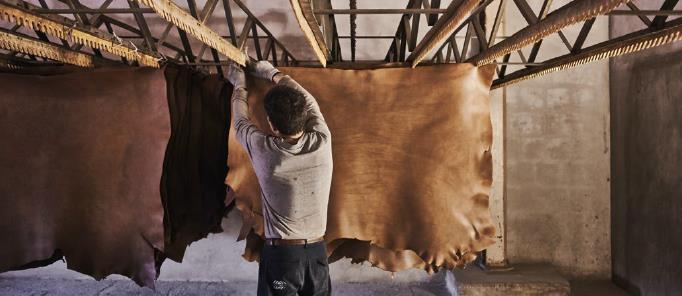
Hides and skins of the Tuscany, which are used for Xiaomi belts, come directly from the slaughterhouse and are by-products of the livestock industry. No cow was slaughtered because of cowhide.
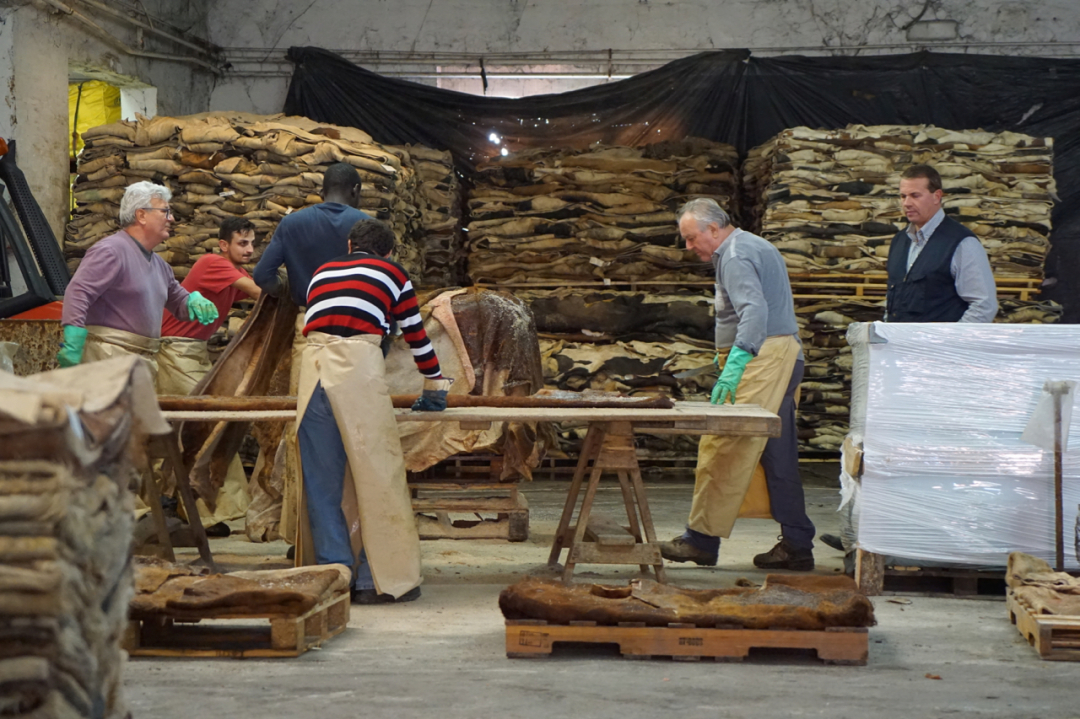

A whole piece of cowhide is divided into Double Bend, Double Shoulder, and Belly. The belly skin is relatively loose. When you touch it, it feels soft, which is not suitable for belts, is suitable for some soft handbags and accessories. The cow neck is used for a lot of lines of leather goods because it has a lot of wrinkles. And only hip skin is suitable for belts, shoes, outsole and hard leather goods, so is the most expensive.

Interesting fact is that each leather factory in Italy generally only focuses on making a particular type of leather to become best in what they do.
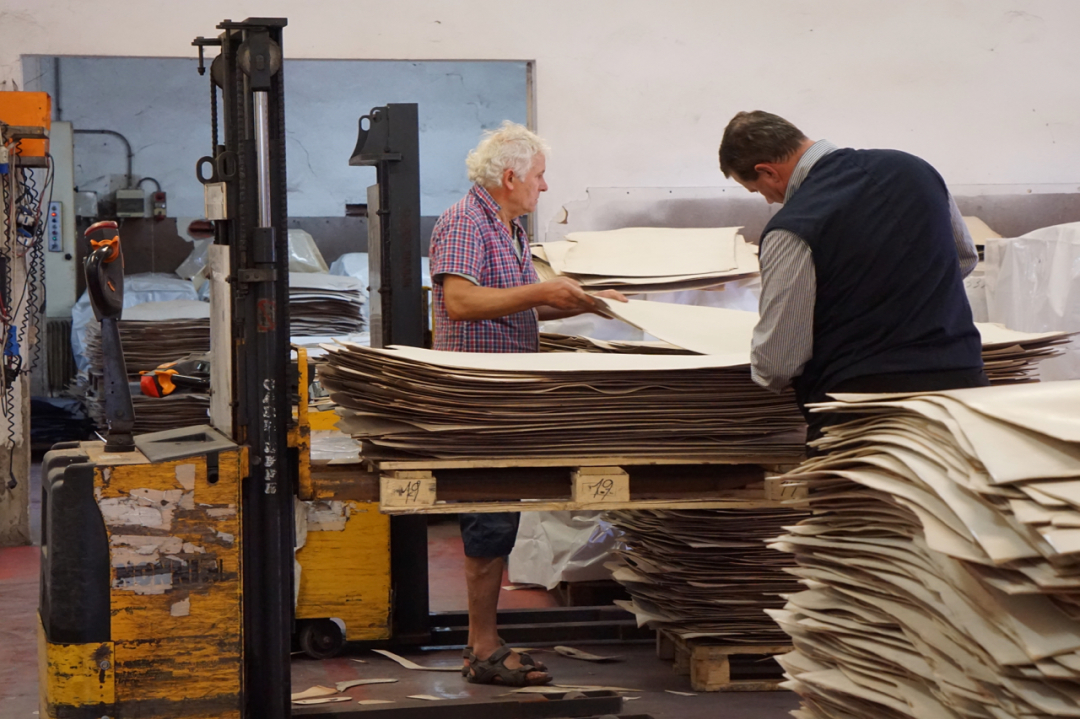
Slicing is the next step in the belt making process. It is highly technical work that requires slicing craftsmen to be quite mighty. They cut the hides, salt the skin, and add alkali. Then the hide is placed a large rolling wooden bucket so that the skin repeatedly tumbles and fully absorb alkali. When the soaking process in the wooden bucket completed the animal hair, fatty tissue, and other impurities are easily removed.
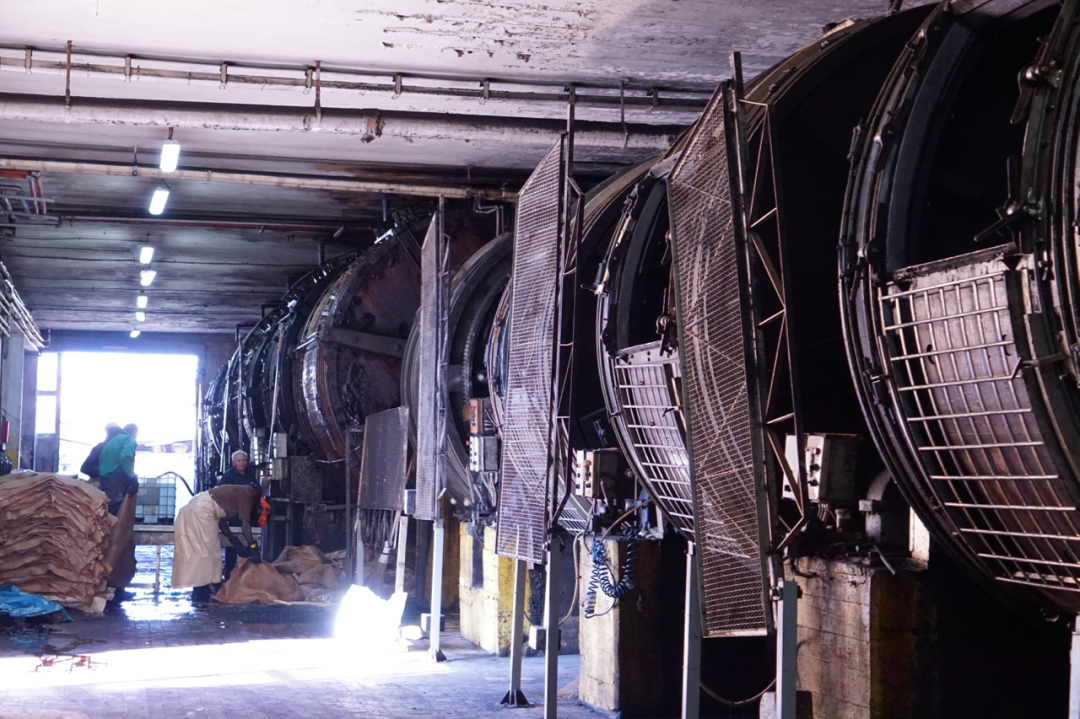
The next steps are squeezing out the moisture of the leather, dermabrasion, removing residual grease and meat. After that, the leather becomes very smooth.
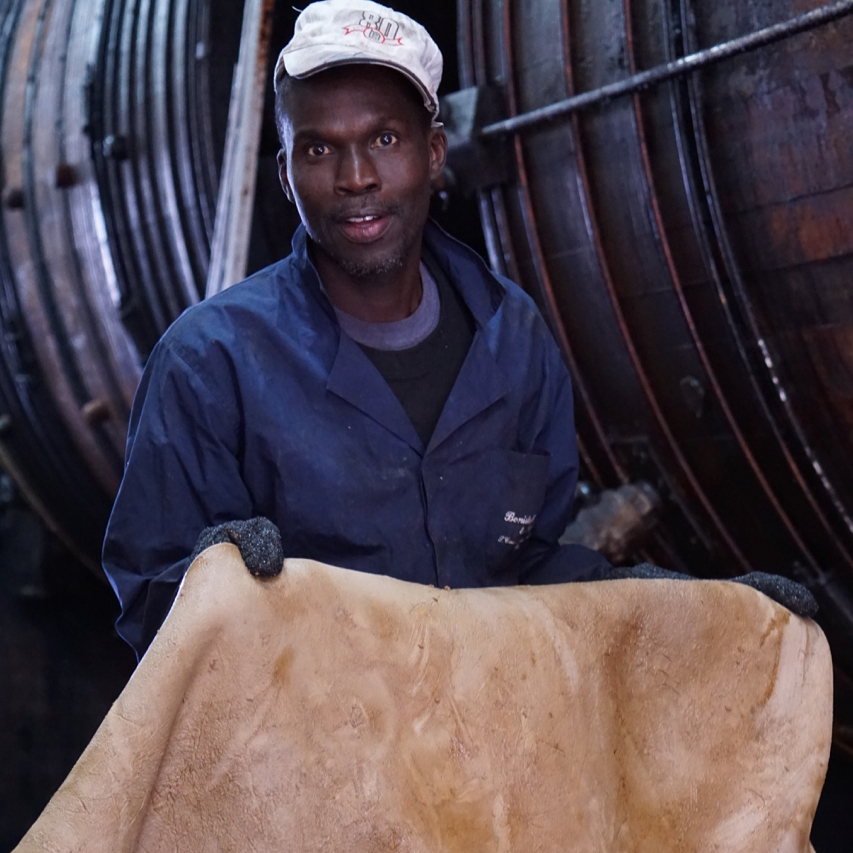
Tanning is a core step in turning hides to leather. It also determines the characteristics of the leather. The so-called vegetable tanning, as the name suggests, is the selection of a tanning agent extracted from natural plants.
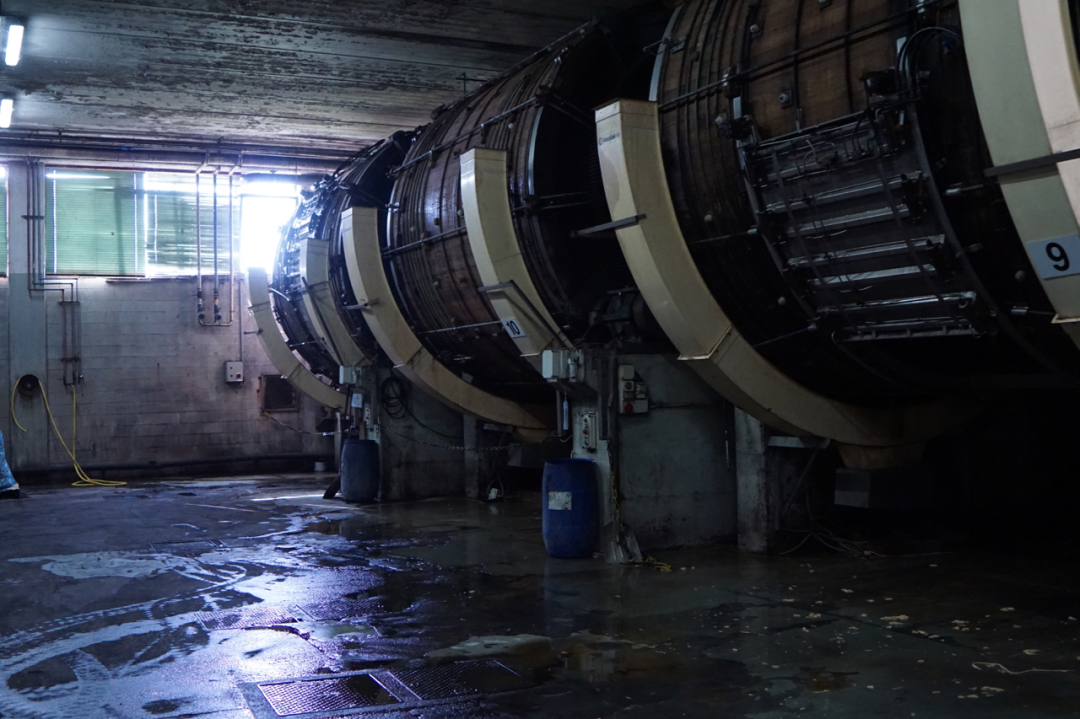
Finished cowhide soaked in alkaline is the leather ready for tannin absorption. Tannin is widely used in cosmetics, herbal remedies, and winemaking for its widespread distribution in nature and its antioxidant properties. Tanning process can extend the use of leather and improve the user experience. Cowhide is tumbling in a large bucket with tannin a few days (sometimes dozens of days), so that the leather absorbs more tannin tannic, making it harder, heavier and more durable. The tanned leather changes the chemical structure of the collagen fibers in the hide.
Vegetable-tanned leather is one of the most popular handmade leather goods and handicrafts people’s first choice.
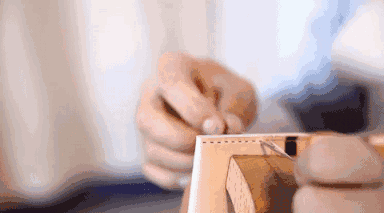
Tanned leather can make you feel that they are touching the original leather. Treat the leather goods made from vegetable-tanned leather good and, as wine, it will only get better with years passing by. It will absorb the body’s fat and sweat and gradually form a retro charm. Its shine and color will slowly change, but the texture will never get worse.
